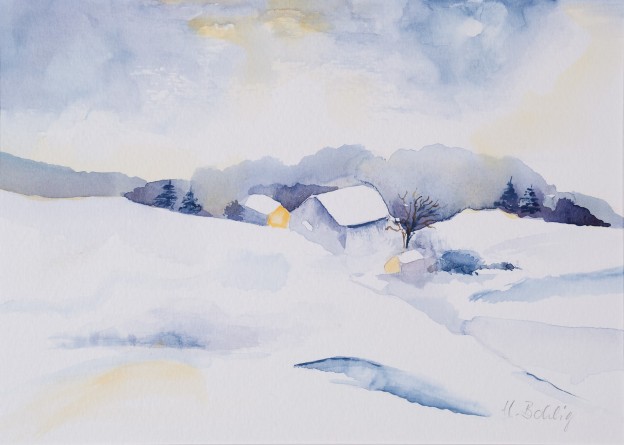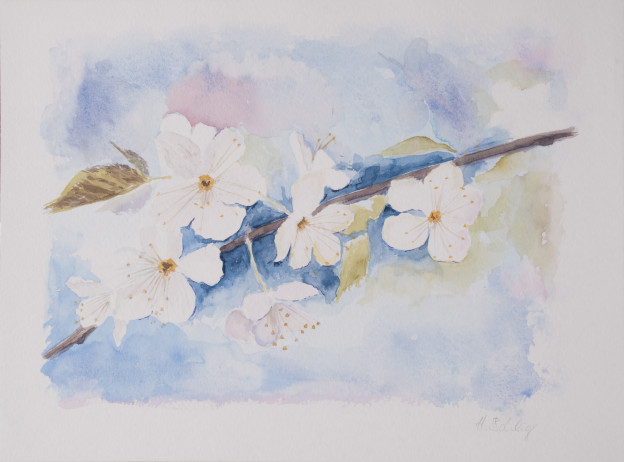The Art of Teaching is different from, say, the art of painting, or the art of playing an instrument, different from the art of tuning a piano, or the art of making a beautiful home.
If you mess up your painting, you’ve got a messed up painting. If you mess up on your instrument, you messed up a piece of music. If you don’t do a good job tuning that piano, then you’ve got a messed up piano which is annoying and can be expensive to fix.
When you mess up in your teaching, you are messing with a human being.
So, why is it that people who know how to play their instrument but have NO training in regard to teaching are let loose on pupils?
Recently, I had the opportunity to observe some poor and inexperienced teaching. One of the two teachers had a one-size-fits-all approach to teaching, in addition to a frenetic and somewhat chaotic personality (and teaching style). While this teacher was without a doubt very experienced, the lesson itself was not a very promising sign of things to come: it was crammed full with irrelevant information (way too much theory that would not be applicable/useful for several weeks), redundant information (without checking with the student what he already knew, this teacher “taught” concepts with which the student was thoroughly familiar already), and way too little actual instruction on the instrument. The student was not given sufficient time to try out the new concept and then make sure that it was sufficiently understood to be taken home and practiced for a week.
The other teacher had a much more pleasant personality and some day will probably be a good teacher. At the moment, however, this one has neither the experience nor the training to teach a beginning student. After grousing about how inexperienced this teacher was, I came to the realization that it was not inexperience but the obvious lack of pedagogical training which made the lesson unsuccessful.
We all start out “inexperienced”. None of us are born with experience. There’s a first time for everything. There’s a first time a physician performs an exam or a surgery. There’s the race car driver’s first race.
What sets these people apart is the fact that before their first “real” thing they did spend time, usually a very long time, observing their masters, and then learning to practice their craft, usually under the guidance of their masters.
For some reason, people think that as long as you can play an instrument, you can teach. I actually once overheard the wife of the head of a music department at a university tell one of the professors something to the effect of “I don’t understand what there is to learn about teaching: you gotta love kids and you gotta love what you do.” There. She said it. What more could there possibly be to it?
There are, of course, “natural” teachers, just like there are “natural” psychologists, people who have an instinctive, intuitive, “feel” for people. But think of the training a psychologist has to undergo before she is allowed to practice her craft!
My wish list for pedagogical training of any future teacher of musical instruments includes:
•mandatory lesson observations of different masters in their field, more than just once or twice please;
•study the art of teaching their particular instrument: while there is some flexibility, there is usually a certain order in which things need to be learned (master addition before you attempt multiplication) or else you end up with an unreliable foundation;
•study the teaching literature for their instrument: just because you grew up with a certain method doesn’t mean it’s the best;
•teach many, many lessons under the supervision of your teacher/master. In the beginning, this should take the form of observing your teacher’s lesson (of another student) and taking over for 5 minutes to teach a certain concept. Over time, you grow into teaching an entire lesson, more time and you’ll be creating your own lesson plans.
In short, some form of apprenticeship. Think about a physician’s first surgery. Regardless of how simple the surgery, the physician has most likely observed this surgery many, many times, then, with more training (reading about it, studying all aspects of it, passing tests to prove she understands all aspects of it), assisted in this surgery before she ever gets to touch a patient without supervision.
Of course, you say, well, with surgery – you have to be that careful.
But why should a student’s learning process be different from surgery? As a teacher who gets transfer students, I see all the time the damage a teacher with insufficient training can do to a student who doesn’t know any better.
I dream of a world in which we hold (the training of) teachers of musical instruments to the same standards as physicians, psychologists, and other professionals in charge of human development and health.
(Originally published Nov 19, 2009)


